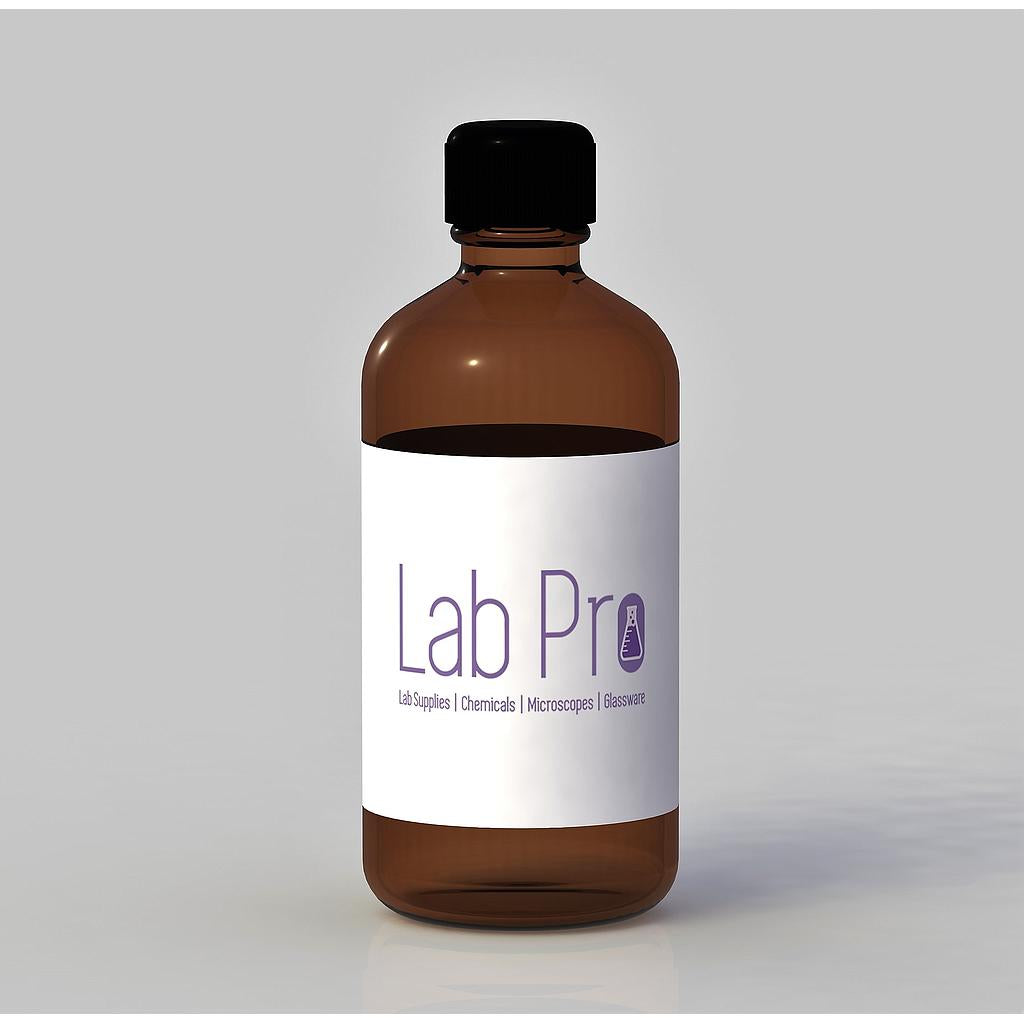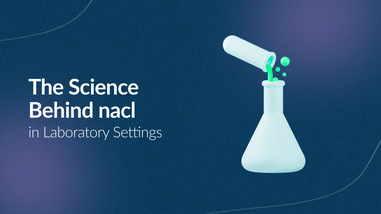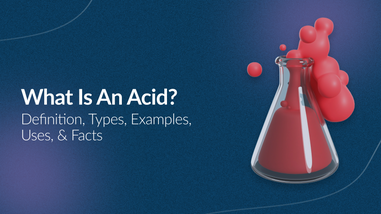- No products in the cart.
Nitric acid, a highly corrosive and reactive chemical, is widely used in various industrial processes, laboratory work, and manufacturing applications. Despite its utility, it poses significant risks if mishandled or stored improperly. Therefore, it is essential for individuals and industries working with nitric acid to be well-informed about the best practices for its safe handling, storage, and transportation. In this comprehensive guide, we will discuss the safety guidelines, compatible materials, spill containment procedures, and emergency response measures to ensure the safe use of nitric acid.
1. Understanding the Properties of Nitric Acid:
Before delving into the handling and storage practices, it is crucial to understand the properties of nitric acid. Nitric acid is a highly corrosive and oxidizing liquid that can cause severe chemical burns on contact with skin or eyes. It reacts violently with many substances, including organic materials, reducing agents, and flammable liquids, which may lead to fires, explosions, or toxic gas releases. As such, it demands utmost caution in its handling and storage.

2. Safety Guidelines:
-
Personal Protective Equipment (PPE): Anyone handling nitric acid should wear appropriate PPE, including chemical-resistant gloves, safety goggles, a lab coat or chemical-resistant clothing, and closed-toe shoes. Full-face shields may be necessary in certain situations.
-
Ventilation: Ensure adequate ventilation in the working area to disperse fumes and prevent the buildup of potentially hazardous vapors.
-
First Aid Preparedness: Have a well-equipped first aid kit nearby, and train personnel on first aid procedures in case of exposure.
-
Avoiding Contact: Minimize direct contact with nitric acid, especially with skin, eyes, and clothing. In case of accidental contact, immediately rinse with copious amounts of water and seek medical attention promptly.
3. Storage and Transportation:
-
Storage Containers: Nitric acid should be stored in dedicated containers made of compatible materials. Recommended materials include high-density polyethylene (HDPE), fluorinated plastics (e.g., PTFE), and glass. Never store nitric acid in metal containers, as it can corrode and create hazardous reactions.
-
Storage Area: The storage area should be well-ventilated, well-lit, and away from direct sunlight. Keep the containers tightly closed and clearly labeled with the appropriate hazard warnings.
-
Separation from Incompatible Materials: Keep nitric acid away from flammable materials, organic substances, and reducing agents to prevent potential reactions.
-
Secondary Containment: In case of container leakage, use secondary containment measures, such as spill pallets or trays, to prevent spills from spreading and causing further hazards.
-
Transportation: When transporting nitric acid, use approved containers designed for chemical transport. Secure the containers properly to prevent tipping or spillage during transit.
4. Compatible Materials:
When working with nitric acid, it is crucial to use compatible materials for equipment and storage to avoid hazardous reactions. Here are some examples of materials that are generally compatible with nitric acid:
-
High-density polyethylene (HDPE): Suitable for storing and transporting nitric acid in concentrations up to 70%.
-
Fluorinated plastics (e.g., PTFE): Highly resistant to nitric acid and can be used for both storage and handling.
-
Glass: Appropriate for small-scale storage and laboratory use.
-
Ceramics: Certain ceramics, such as borosilicate glass, can be used for storage.
5. Spill Containment Procedures:
Despite all precautions, accidents can happen. It is crucial to be prepared for a potential nitric acid spill. Follow these spill containment procedures:
-
Alert Everyone: Immediately notify all personnel in the area about the spill and evacuate if necessary.
-
Isolate the Area: Prevent unauthorized entry to the spill area to minimize potential exposure.
-
Contain the Spill: Use appropriate absorbent materials (e.g., vermiculite, sand, or commercial spill kits) to contain and absorb the spilled nitric acid. Place these materials in appropriate disposal containers.
-
Neutralize and Clean Up: For small spills, neutralize the acid with a suitable base, such as sodium bicarbonate. For larger spills, contact hazardous materials professionals for safe clean-up and disposal.
6. Emergency Response Measures:
In case of a significant nitric acid leak, spill, or exposure incident, the following emergency response measures should be implemented:
-
Safety First: Ensure the safety of all personnel by evacuating the affected area and providing necessary medical attention to those exposed.
-
Containment: Prevent the spread of the chemical by activating appropriate containment measures.
-
Contact Professionals: Report the incident to emergency response authorities and hazardous materials specialists for prompt and proper handling.
Conclusion:
Proper handling and storage of nitric acid are crucial for the safety of personnel, the environment, and surrounding communities. Adhering to safety guidelines, using compatible materials, and having spill containment and emergency response measures in place are essential aspects of responsible nitric acid management. By following these best practices, individuals and industries can minimize risks and ensure a safer working environment when dealing with this highly reactive chemical. Remember, safety should always be the top priority in any task involving hazardous substances like nitric acid.
For over 40 years, Lab Pro Inc. has been committed to delivering highest quality chemicals, lab supplies, hand tools, lab equipment, reagents, distance learning kits, and cleanroom PPE apparel. Renowned by global medical device companies and laboratories, we ensure exceptional quality in every product. Contact us online or call 888-452-2776 to learn more. Discover top-notch lab supplies and elevate your experiments today!












































